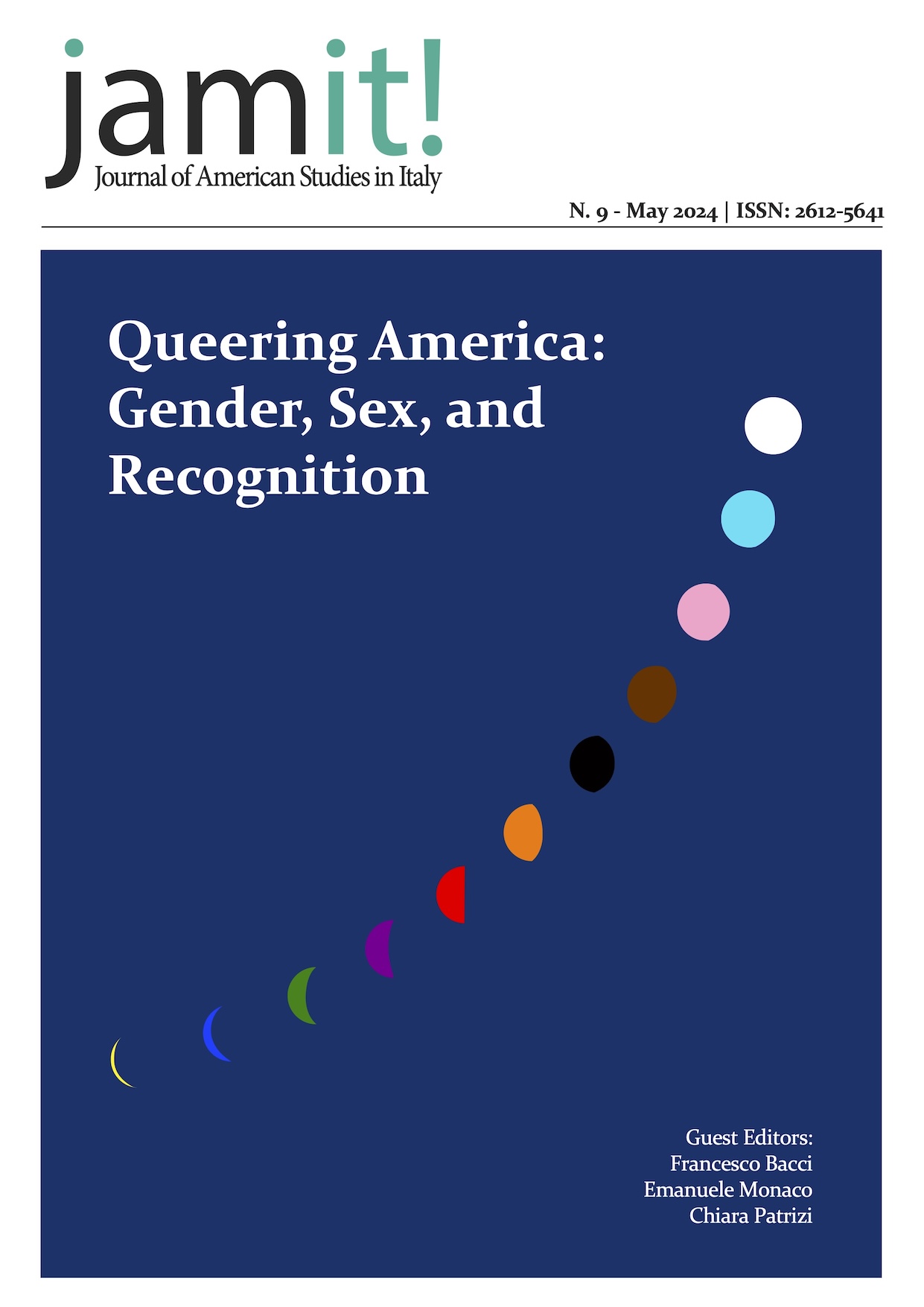N. 9 (2024): Queering America: Gender, Sex, and Recognition

On December 1, 1952, World War II veteran Christine Jorgensen became the first American to undergo sex reassignment surgery. Her long-standing legacy has helped reignite a fundamental debate on gender, sex, and recognition. Indeed, as historian Joanne Meyerowitz notes in How Sex Changed: A History of Transsexuality in the United States (2009), the redefinition of gender identity, “as opposed to biological sex,” was the ultimate product of a long process that “emerged from the medical discourse of the mid-1950s and as a result of the post-Jorgensen phenomenon.” Since then, the non-binary understanding of gender has featured prominently in an ever-expanding debate on American society as it struggled to achieve inclusiveness, freedom, and equality. These are the same ideas that have been central to U.S. history, society, and identity since the founding of the nation, and that echo in the 1776 Declaration of Independence, which states that “all men are created equal” and with inalienable rights such as “Life, Liberty and the pursuit of Happiness.”
In embracing America’s call to freedom and equality, the use of the term queer has significantly evolved during the twentieth and twenty-first centuries. Used as a slur targeting homosexual people for much of the nineteenth century and the better part of the following, this umbrella term began to be reclaimed by American activists in the late 1980s. By overcoming dogmatic definitions of gender and sexuality, queer has offered, and continues to offer, an alternative to the mainstream public discourse centered on binary social hierarchies and heteronormative conventions for LGBT+ people. Furthermore, in the past three decades, seminal works by critical theorists as, for instance, bell hooks’ Choosing the Margin as a Space of Radical Openness (1989) and Jack Halberstam’s The Queer Art of Failure (2011), have also contributed to challenge prescriptive norms of self-representation. Through their writings, these authors have invited reflections on a queer identity and the need to choose “marginality” and “failure” as necessary steps to achieve liberation and recognition.
As hooks and Halberstam have respectively posited, only by occupying “a space outside the binary” and reversing “the punishing norms that discipline behavior and manage human development” can we create new possibilities and pursue our own true aspirations to freedom and equality. Therefore, we must ask: is there a space in U.S. society for a queerness that seeks liberation and recognition rather than simple admission to the status quo?
This issue of JAm It!—Journal of American Studies in Italy investigates the multiple ways in which history, literature, political science, and the arts explore the interplay between gender, sex, and recognition.



